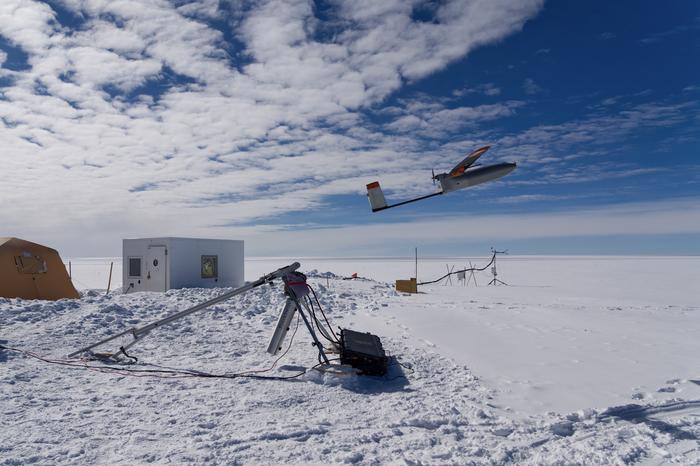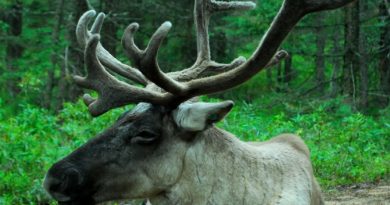Greenland drone research could help better predict ice loss

New research using drones has uncovered new details about water vapor movement above Greenland’s ice sheet, something that could help researchers better predict ice loss.
“We now have a clearer picture of how water moves in and out of Greenland, which is vital for understanding how climate change will affect the region,” Kevin Rozmiarek, a doctoral student at CU Boulder and lead author of the study, said in a statement.
Greenland holds around 8 per cent of the planet’s freshwater, but has been melting because of environmental warming.
Between fall 2023 and fall 2024, it lost 55 gigatons of ice—continuing a trend of 28 consecutive years of ice loss, contributing to rising sea levels.
‘Water’s fingerprints’
Until now, scientists have focused on glaciers calving and melting surface ice. But the role of sublimation—when ice turns into water vapor and skips the liquid phase—has been less explored. Prior studies suggested that as much as 30 per cent of summer surface snow could sublimate into vapour.
To find out more, the research team flew drones 104 times during the summer of 2022, collecting air samples from different heights up to almost 5,000 feet above the ice. This allowed the team to study the types of hydrogen and oxygen atoms in the vapor.
Water molecules from different places have unique combinations of these atoms, and the differences are called isotopes.
“Isotopes are water’s fingerprints,” Rozmiarek said. “By following these fingerprints, we can trace back to the source where the water vapor came from.”
Precipitation underestimated
And when they compared their findings with computer simulations on the Arctic water cycle, they found that the precipitation that fell on Greenland was actually underestimated.
“It’s really important to be able to predict what’s going to happen to Greenland in the warming world as accurately as possible,” Rozmiarek said. “We demonstrated how useful water vapor isotope data is by successfully improving an existing model.”
Next, Rozmiarek plants to return to Greenland, as well as flying the drones in other parts of the Arctic, to accumulate more data.
“It’s like we just figured out how to discover fingerprints at a crime scene,” he said.
“This is a concrete step forward in understanding where water is going and where it is coming from in this important system at a time when we need it most,” he said.
The research was published in the journal JGR Atmospheres.
Comments, tips or story ideas? Contact Eilís at eilis.quinn(at)cbc.ca
Related stories from around the North:
Canada: Global sea ice hits all-time February minimum, with Arctic, Antarctic declines, Eye on the Arctic
Russia: Atlantification ushering in new era of sea ice loss in the Siberian Arctic, Eye on the Arctic



